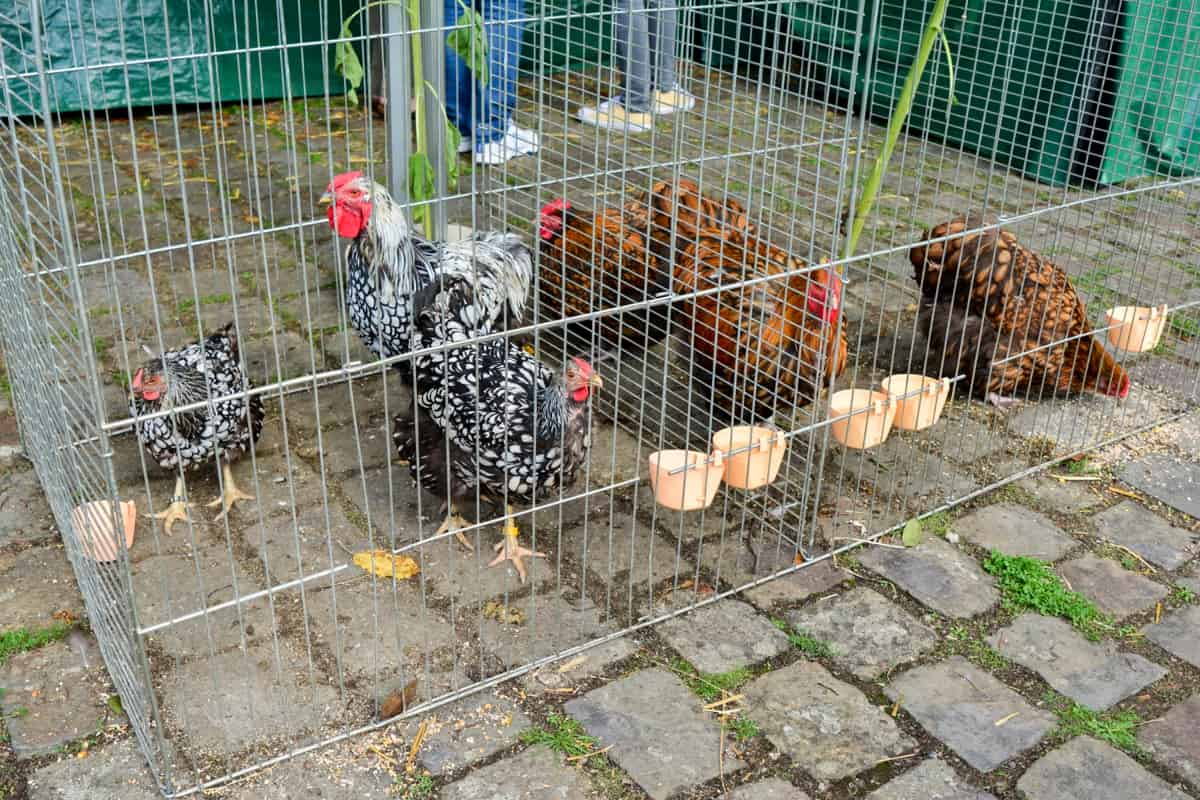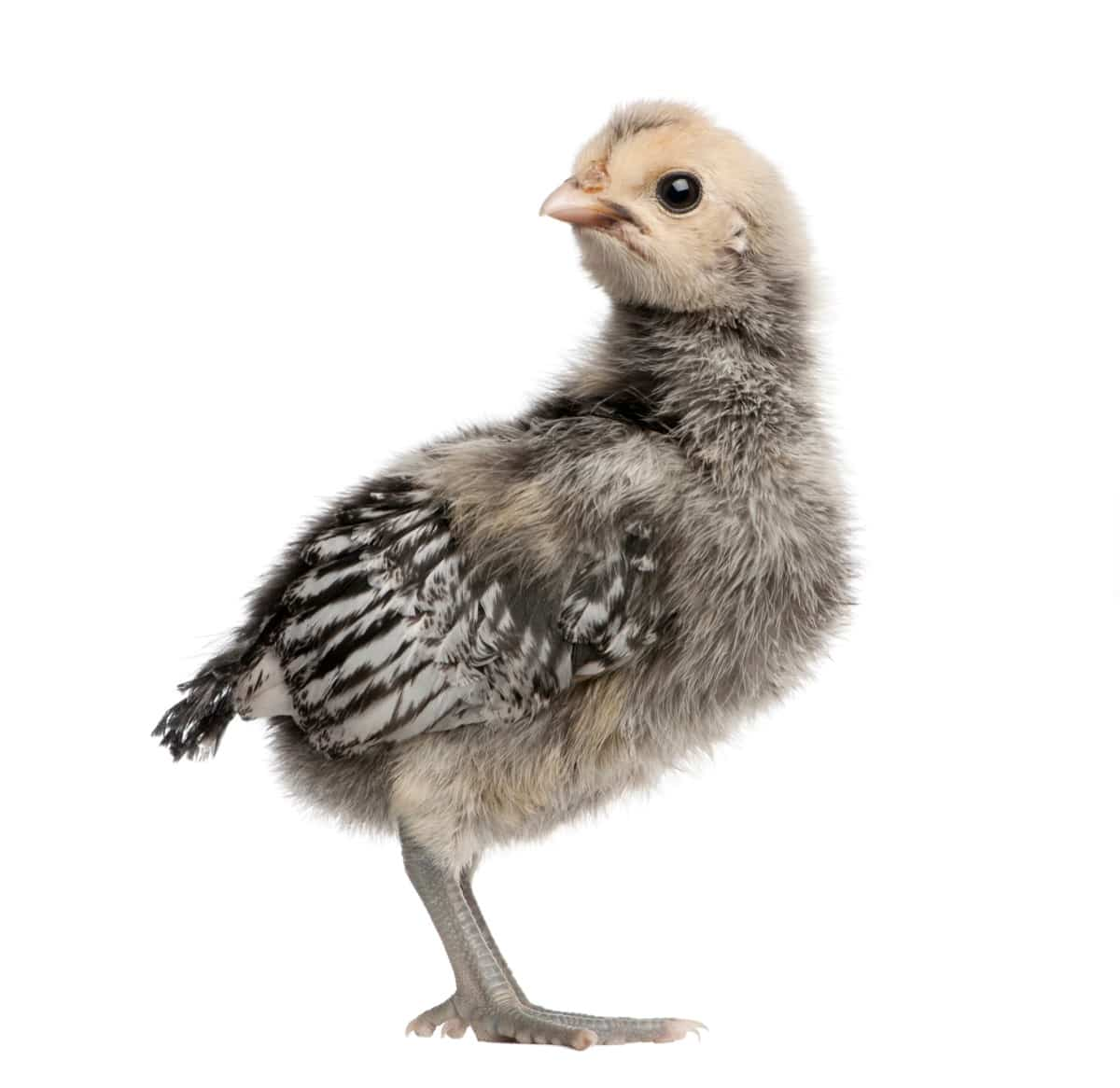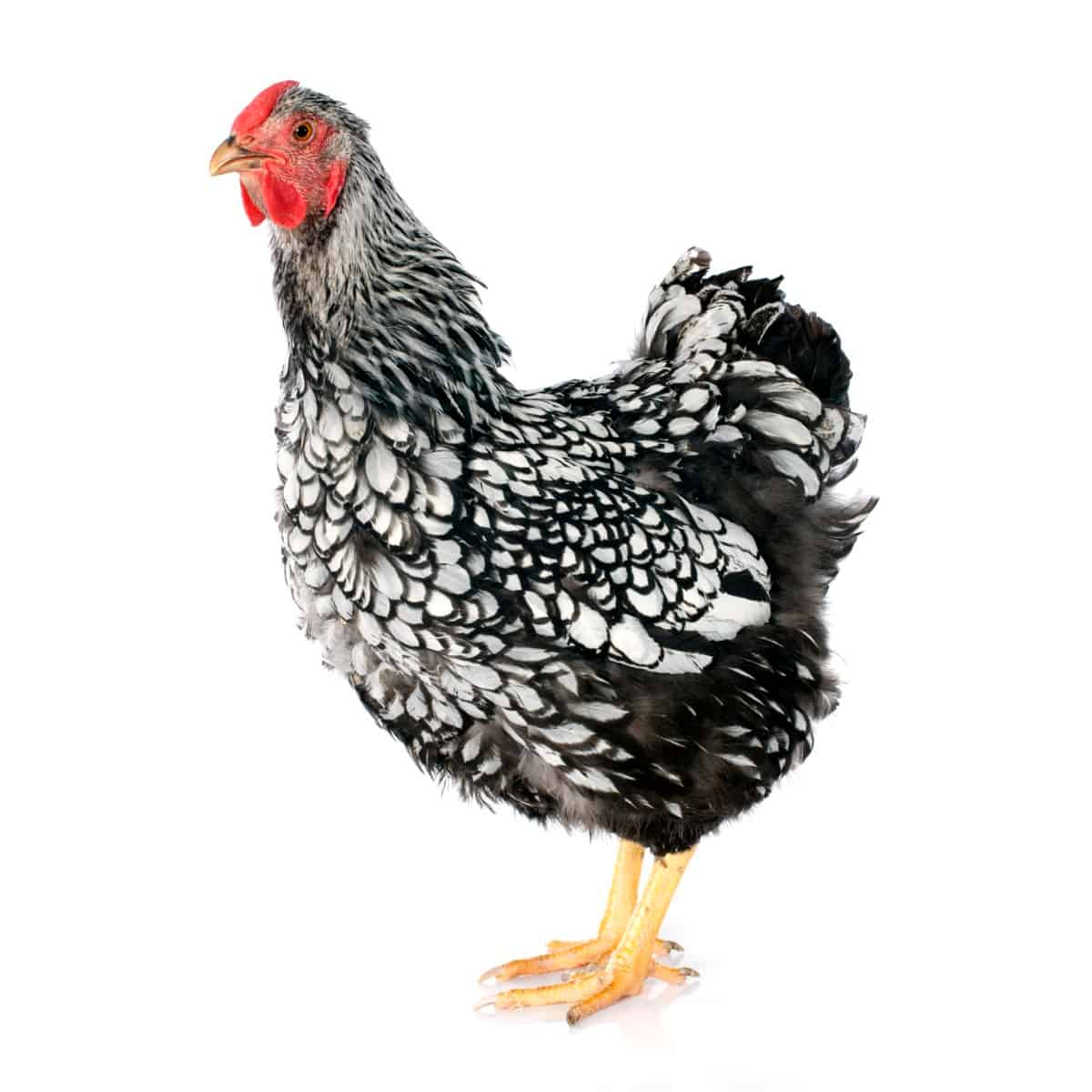Welcome to our informative blog post on Ancona Chicken Facts, where we delve into the intriguing world of this remarkable breed. Originating from Italy, the Ancona chicken boasts a rich history and distinctive physical characteristics. With an average size that combines elegance and functionality, these birds offer numerous advantages, making them a popular choice for poultry enthusiasts.

Ancona Chicken Facts
What is Ancona Chicken?
Ancona chicken is a breed of chicken that originated in Italy. It is named after the city of Ancona, the capital of the Marche. It is popular breed in Britain and the United States. Ancona chickens are known for their distinctive black plumage with white markings. They are also good layers, producing about 220 eggs per year.
Ancona Chicken Breed History and Origin
The Ancona chicken breed originated in the Marche region of Italy and is named after the city of Ancona. The breed was thought to be developed from a mixture of breeds, including early Leghorns. The Ancona chicken was first imported into England in 1851 and was further developed there. The American Poultry Association first recognized the breed in 1898.
The Ancona chicken is a hardy and active breed known for its distinctive black plumage with white markings. The white markings are typically v-shaped and are found on the tips of the feathers. Ancona chickens also have bright yellow legs and beaks, and orange-red eyes.
What is the Average Size of an Ancona Chicken?
- Male: 2.5–2.8 kg (5.5–6.2 lb)
- Female: 1.8–2.1 kg (4.0–4.6 lb)
Ancona chickens are medium-sized, with males being slightly larger than females. They have distinctive black plumage, white markings, bright yellow legs, and beaks. Their skin is also yellow, and their eggs are white. The comb type can be either single or rose.
Ancona Chicken Breed Traits and Temperament
- Hardy and active: Ancona chickens are a hardy breed well-suited for cold weather. They are also active birds that enjoy foraging and exploring.
- Good layers: Ancona chickens are good layers, producing about 220 eggs per year. The eggs are white and medium-sized.
- Not broody: Ancona chickens are not typically broody, so they need to be artificially incubated to hatch eggs.
- Good flyers: Ancona chickens are good flyers, so they need a high fence to prevent them from escaping.
- Tame and trusting: Ancona chickens can be tame and trusting if handled from a young age.
- Long lifespan: Ancona chickens have an average lifespan of around eight years.
Benefits of Raising Ancona Chickens
- Ancona chickens are a hardy breed well-suited for cold weather. They are also active birds that enjoy foraging and exploring.
- Ancona chickens are good layers, producing about 220 eggs per year. The eggs are white and medium-sized.
- Ancona chickens are known for their distinctive black plumage with white markings. They are a beautiful breed that can add a touch of elegance to any backyard flock.
- Ancona chickens are not typically broody, so they do not need to be kept with a rooster to lay eggs. This can benefit people who do not want to deal with roosters.
- Ancona chickens are relatively easy to care for. They do not require much special attention and are less susceptible to diseases than other breeds.
Drawbacks or Disadvantages of Keeping Ancona Chickens
Ancona chickens have flighty, noisy, and not broody traits, making them suitable for experienced chicken keepers seeking a hardy, active, and easy-to-care-for breed. However, they may not be suitable for those with small children or pets who may be startled by sudden flight.
How to Identify an Ancona Chicken
An Ancona chicken can be identified with its distinctive black plumage and white markings. The white markings are typically v-shaped and are found on the tips of the feathers. Ancona chickens also have bright yellow legs and beaks, and orange-red eyes. The comb type can be either single or rose.
In case you missed it: The Top 10 Chicken Breeds for Broodiness: Find the Perfect Mother Hen for Your Flock

Ancona Chicken Egg Production and Quality
- Egg production: Ancona chickens are good layers, producing an average of 220 eggs annually. The eggs are white and medium-sized, weighing 50 g (1.8 oz) or more.
- Egg quality: Ancona chicken eggs are of good quality. They have a strong shell and a good flavor.
- Broodiness: Ancona chickens are not typically broody, so they must not be kept with a rooster to lay eggs. This can benefit people who do not want to deal with roosters.
- Age of lay: Ancona pullets may begin to lay at five months. This is a relatively early age for chickens to start laying eggs.
Ancona Chicken Care and Maintenance Tips
- Housing: Ancona chickens need a dry, well-ventilated, and secure coop. The coop should be large enough for the chickens to spread their wings and move around comfortably.
- Food: Ancona chickens need a diet high in protein and calcium. They can eat various foods, including commercial chicken feed, scratch, and vegetables.
- Water: Ancona chickens need access to fresh water at all times. The water should be clean and cool.
- Grooming: Ancona chickens only require a little grooming. However, they should be checked for parasites and pests regularly.
- Exercise: Ancona chickens are active birds and need plenty of exercise. They should have access to a fenced-in area to roam and forage.
Ancona Chicken Diet and Feeding Requirements
Ancona chickens require a high protein, calcium diet containing commercial feed, scratch, and vegetables. Feeding requirements include fresh water, 2-3 daily feedings, and a healthy weight-maintaining amount.
Ancona Chicken Lifespan and Longevity
Ancona chickens have an average lifespan of 8 years. However, some Ancona chickens have been known to live for up to 10 years.
Ancona Chickens as Backyard Pets or for Exhibition Purposes
Ancona chickens are hardy, active birds that can be used as backyard pets or for exhibition purposes. They are good layers, producing an average of 220 eggs annually, and are quiet and docile. They are good foragers, enjoying scratching in the dirt, which helps keep their coop clean. For exhibition purposes, Ancona chickens are known for their distinctive black plumage with white markings and are easy to keep in good condition. However, they can be messy, not typically broody, and not as common as other breeds.
Ancona Chicken Breeding and Reproduction Facts
Ancona chickens are generally healthy but can become broody if raised with a rooster. They produce an average of 220 eggs annually, with white, medium-sized eggs weighing 50 g or more. The incubation period for Ancona chicken eggs is 21 days. Ancona chicks can be at six weeks of age, with males having larger combs and wattles than females. However, they can be susceptible to common chicken diseases like Marek’s disease, coccidiosis, and respiratory infections.
Ancona Chicken Health Issues and Common Diseases
Ancona chickens are generally healthy but susceptible to common diseases like Marek’s disease, coccidiosis, and respiratory infections. To prevent and treat these diseases, it is essential to vaccinate them, maintain good sanitation, and practice good hygiene. Additionally, isolating sick chickens if they show signs of illness is crucial to prevent the spread of the disease. Proper sanitation, hygiene, and supportive care are essential for maintaining the health and well-being of Ancona chickens.
In case you missed it: All You Need to Know About Coryza in Chickens

Conclusion
Ancona chickens are a unique and interesting breed of chicken known for its distinctive black plumage with white markings. They are hardy and easy to care for, and they make good backyard pets or for exhibition purposes. If you are considering adding Ancona chickens to your flock, be sure to do your research and choose a reputable breeder.
Note: The images presented in this post are intended solely for representation purposes. The images are meant to serve as visual aids and should not be relied upon as accurate representations of their real-life counterparts.
- Feed Your Flock for Less: Top 10 Tips to Save on Chicken Feed
- Ultimate Guide to Ossabaw Island Hog: Breeding, Raising, Diet, and Care
- Hatching Answers: The Top 10 Reasons Your Chickens Aren’t Laying Eggs
- Eggs and Economics: Breaking Down the Cost of Raising Backyard Chickens
- Defend Your Greens: Proven Methods to Keep Iguanas Out of Your Garden
- Ultimate Guide to Cinnamon Queen Chicken: A Comprehensive Guide for Beginners
- Ultimate Guide to California Tan Chicken: Breeding, Raising, Diet, Egg-Production and Care
- Ultimate Guide to Marsh Daisy Chicken: Breeding, Raising, Diet, and Care
- 10 Types of Chicken Farming Businesses You Can Start for Profits